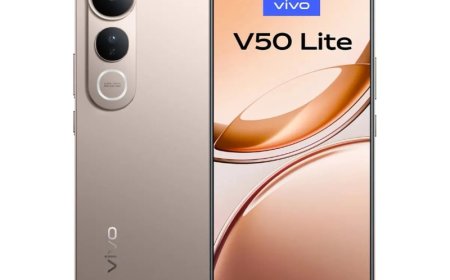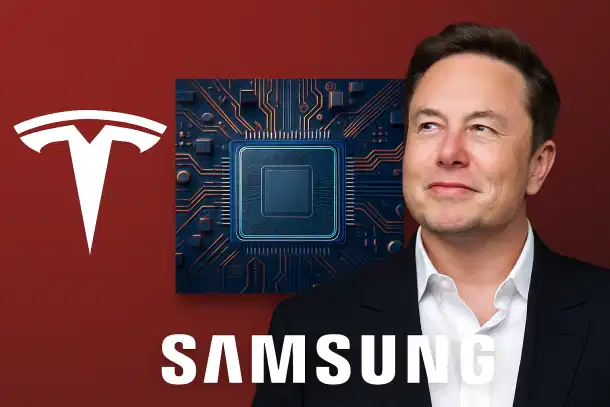How Vivo Became a Trending Smartphone Brand in Kenya
Vivo has rapidly grown into one of the most talked-about smartphone brands in Kenya. Through smart market entry, affordable yet feature-rich devices, flexible financing options, and strong distribution partnerships, Vivo has captured the attention of Kenyan consumers and is now trending as a top mid-range phone choice.
How Vivo Became A Trending Phone Brand in Kenya
In the past few years, Vivo has gone from relative newcomer to one of the more talked-about smartphone brands in Kenya. Its rise has not been by chance, but through a combination of smart strategy, local partnerships, product features aligned with what Kenyans want, and flexible financing models. Let’s explore how Vivo entered the Kenyan market so quickly and what has made it popular.
1. Strategic Market Entry
-
Beginnings & Launch: Vivo entered Kenya around 2019, bringing in its Y series (budget / mid-budget) phones first. The Y-series targets users who want good features (battery, camera, display) without breaking the bank. (The Star)
-
Local Presence: Soon after, Vivo established a regional office in Nairobi. For example, in November 2019, it opened offices in Nairobi and officially launched the V17 Pro with features like a six-camera system and dual pop-up front cameras. (The Informer Media Group)
-
Regulatory Compliance & Local Recognition: They made sure to engage with regulators like the Communications Authority of Kenya, ensuring device compliance, which builds trust. (The Informer Media Group)
2. Product Features Matching Local Preferences
-
Camera & Display are big selling points. Models launched (e.g. V20, V17 Pro) emphasized selfie features, AI enhancements, large displays, strong storage and RAM specs. (The Star)
-
Value for Money: Vivo positioned products to offer relatively high specs (good cameras, modern design) at reasonable/mid-range prices. This appeals to many Kenyan consumers who want performance but have budget constraints. (The Standard)
3. Partnerships & Distribution Channels
-
E-commerce & Online Retailers: Vivo quickly partnered with online retailers to make its devices more accessible. For example, a partnership with Jambo Shoppe bolstered visibility and availability of Vivo Y series phones. (TechTrendsKE)
-
More recently, it partnered with Patazone, an e-commerce platform, to expand reach across Kenya. (KBC)
-
Offline / Physical Stores: Vivo didn’t rely only on online. It leveraged physical retail outlets (in Nairobi, Mombasa, Kisumu, etc.), and made phones available via traditional shops and mobile phone retailers. This ensures presence where many users still prefer to touch and test devices before buying. (JuaTech Africa)
4. Financing Options & Flexible Payment Plans
-
Vivo recognised that many Kenyan consumers cannot afford large upfront payments. So they introduced “Lipa Mos Mos” (a kind of payment-installment plan) and similar financing models so consumers can spread payments. (Android Kenya)
-
These financing models have been used not just for entry-level devices, but also for more premium mid-range phones. This lowers the barrier to ownership. (Android Kenya)
5. Marketing & Brand Positioning
-
Vivo has used marketing campaigns that highlight what Kenyan users care most about—camera quality, battery life, design, and value.
-
They also emphasize local recognition: launching events in Kenya, working with local influencers, and ensuring after-sales support. For many users, knowing there’s service or warranty locally matters a lot. (Though exact campaigns might need more data.)
6. Growth in Market Share & Consumer Adoption
-
Vivo’s market share has been rising. In recent reports, its share doubled from around 0.86% to 1.85%, a sign of fast-growth even if still behind dominant players. (The Eastleigh Voice News)
-
Consumers are comparing Vivo favorably with other brands especially because of better spec per cost, decent cameras, and flexibility in payments. This helps it pull customers who might earlier have considered only big names or cheaper lowest-end devices.
7. Challenges & What Will Matter Going Forward
While Vivo has made strong strides, there are areas crucial for sustaining the momentum:
-
After-sales support and durability: Phones must prove reliable; spare parts, service repair are important.
-
Maintaining price-value balance: As competitors keep pushing specs or dropping prices, Vivo will need to stay competitive.
-
Brand trust & awareness: For many users, brand reputation matters. Vivo must ensure reliability, software updates, network compatibility, etc.
-
Regulatory and import costs: Taxes, import duties, and compliance costs can raise final prices; keeping them manageable is essential.
Conclusion
Vivo’s fast rise in Kenya isn’t just luck—it’s a result of well thought-out strategy: entering with the right products, using both online and physical channels, making purchasing accessible via financing, and understanding what Kenyan consumers want.
If they continue balancing innovation (camera, design, specs) with affordability and customer trust, Vivo can move from “trending” to “mainstay” among Kenyan smartphone users.
What's Your Reaction?
 Like
1
Like
1
 Dislike
0
Dislike
0
 Love
0
Love
0
 Funny
0
Funny
0
 Angry
0
Angry
0
 Sad
0
Sad
0
 Wow
0
Wow
0


















